Seven up in an ID.Buzz – Volkswagen’s latest all-electric MPV deserves a brighter future
We see if the VW ID.Buzz is cut out for everyday life by taking a road trip in Volkswagen’s newly extended electric micro-bus

Two years ago, I got my first taste of Volkswagen’s long-awaited ID.Buzz, the spiritual successor to the classic Kombi, or VW Type 2 Transporter. Uprated and enhanced for the modern age, sitting atop an all-electric powertrain, the buzz around the Buzz seemed unstoppable. Could VW have another hit on its hands?
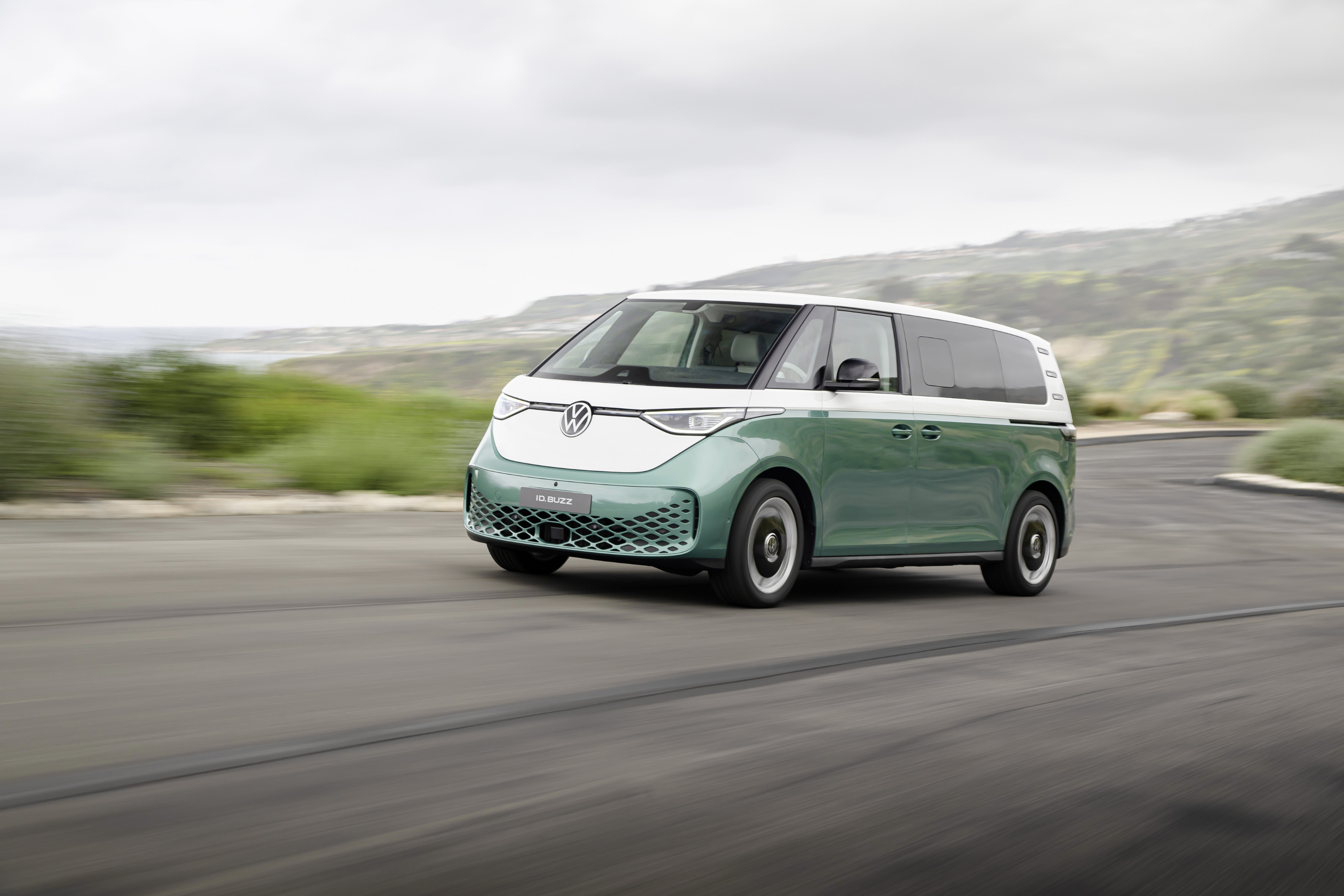
Volkswagen ID.Buzz 7-Seater
Turns out that this contemporary Kombi is more of a cult than a blockbuster. I’ve now had the chance to sample the large seven-seat version of the ID.Buzz. The original Buzz was and still is brilliant, but there are caveats, and despite the added practicality of the longer wheelbase model, these are laid even barer.
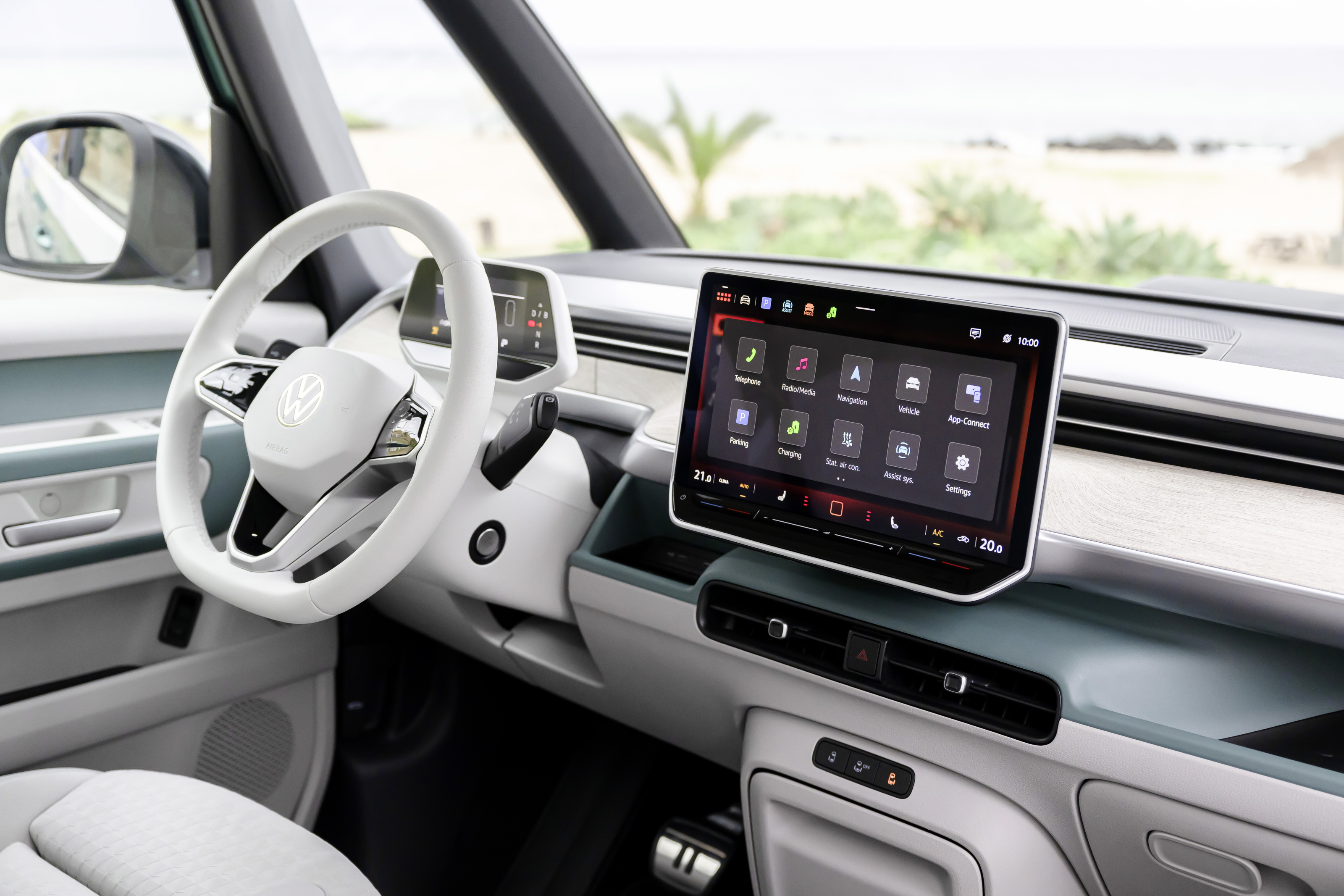
Volkswagen ID.Buzz dashboard
First up, the design. It’s still hard to fault the way the Buzz looks. The vehicle is struck through with retro design cues taken from the much-loved 1960s original, filtered through the 2001 Microbus concept and its successor, the electric Bulli concept of 2011. Both design studies incited a frenzy from potential buyers, and despite being practically production-ready, neither made it any further.
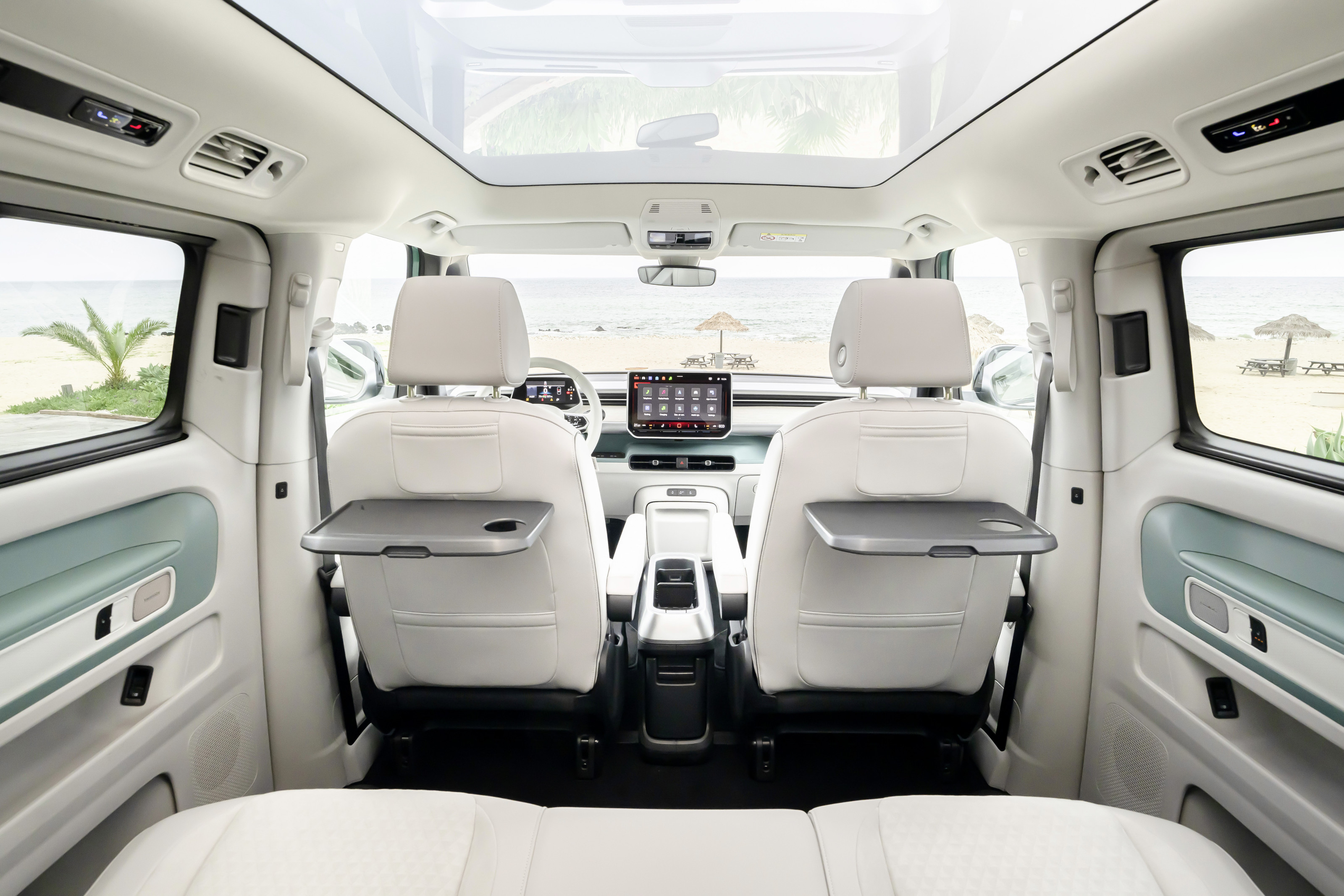
Volkswagen ID.Buzz rear seats
‘A touch more range would turn the Buzz into a world-beater’
Jonathan Bell
The Buzz broke cover as a concept in 2017, with much of the style and design ethos making it through to the production car that debuted five years later. Sitting atop the VW Group’s flexible and scalable MEB platform, which it shares with VW’s other ID cars, as well as the Škoda Enyaq and Elroq, Audi’s Q4 and Q5 e-trons, a couple of Cupras and even the new Ford Capri, the Buzz stands alone by virtue of its traditional minibus layout.

The third row of seats can easily accommodate adults
That approach allows for copious interior space, bolstered by numerous neat design touches. The third row of seats has generous legroom and can be folded flat for a capacious boot, whilst the middle row of seats can slide back and forward to really open up the central section. These also fold flat for transporting large objects or providing an ad-hoc bed for the night. A glazed roof creates a passenger compartment that is as airy as it is spacious.
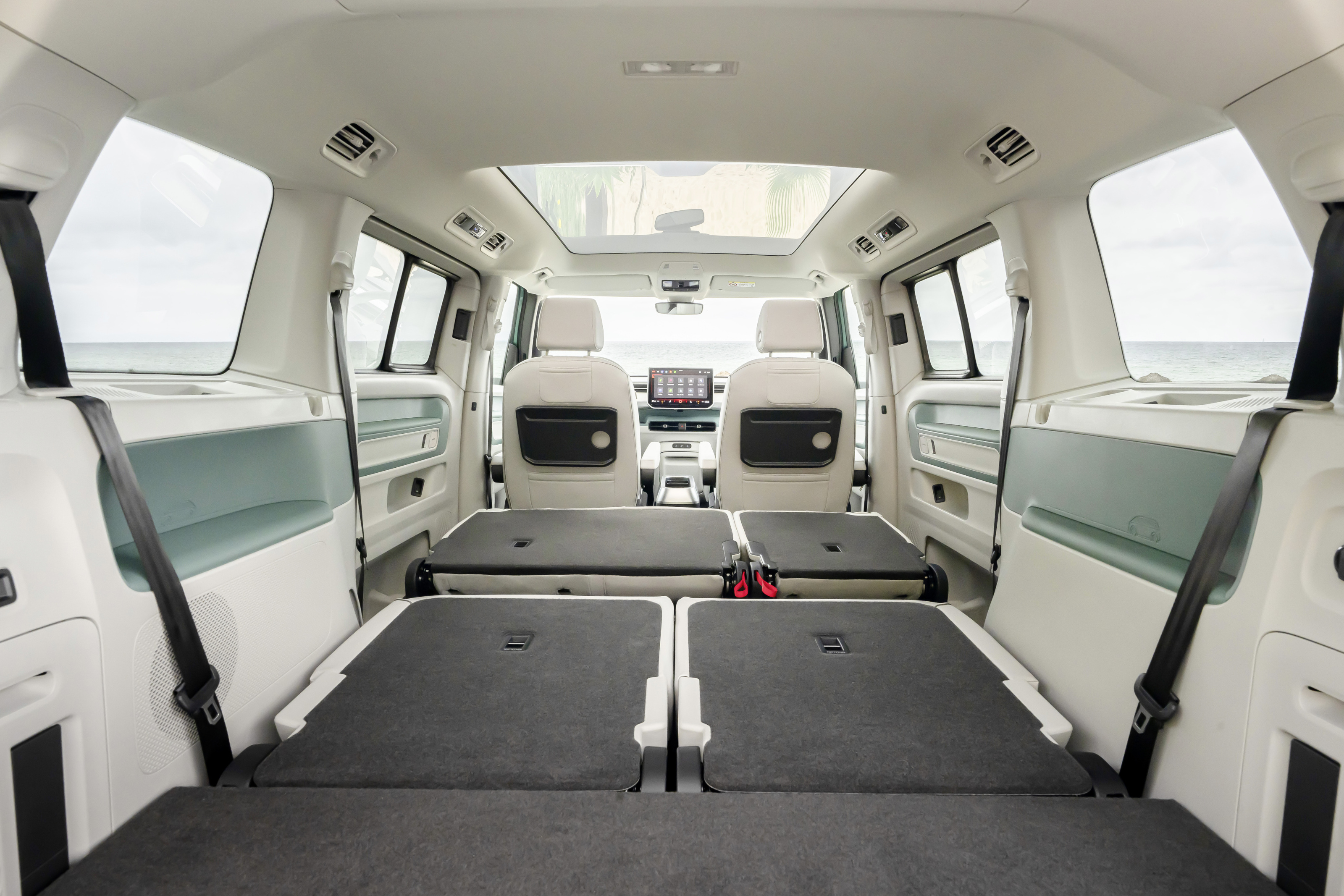
The ID.Buzz interior is capacious with the seats folded flat
All this is squeezed into a wheelbase that’s just 25cm longer than the original, and the added row of seats transforms the Buzz from a quirky car into a true MPV. A six-seater variant is also available, with pass-through aeroplane-style seating. I drove the ID. Buzz Style variant, a seven-seater with an 86kWh battery and a power output of 286 PS. It’s topped only by the ID. Buzz GTX model, which has 340 PS, making it the most powerful VW Bus ever built. The LWB version is distinguished by its slightly larger battery (the regular models have either 59kWh or 79kWh). The Style model also gets electric sliding side doors and boot, along with bigger wheels and a Harman Kardon sound system.

A diagram showing the six-seater layout for the ID.Buzz
‘Capacious, quiet and comfortable, I found the ID.Buzz to be without fault inside and out’
Jonathan Bell
Driving impressions are overwhelmingly positive. Like almost all EVs, the Buzz encourages and rewards stately, smooth progress instead of being hustled, but the electric punch makes it a great overtaking machine and it’s not too bad at all in the corners. It’s a world away from the vague steering, feeble brakes and lacklustre acceleration of its ancestors, which got away with such foibles by virtue of looking so delightful.
Receive our daily digest of inspiration, escapism and design stories from around the world direct to your inbox.
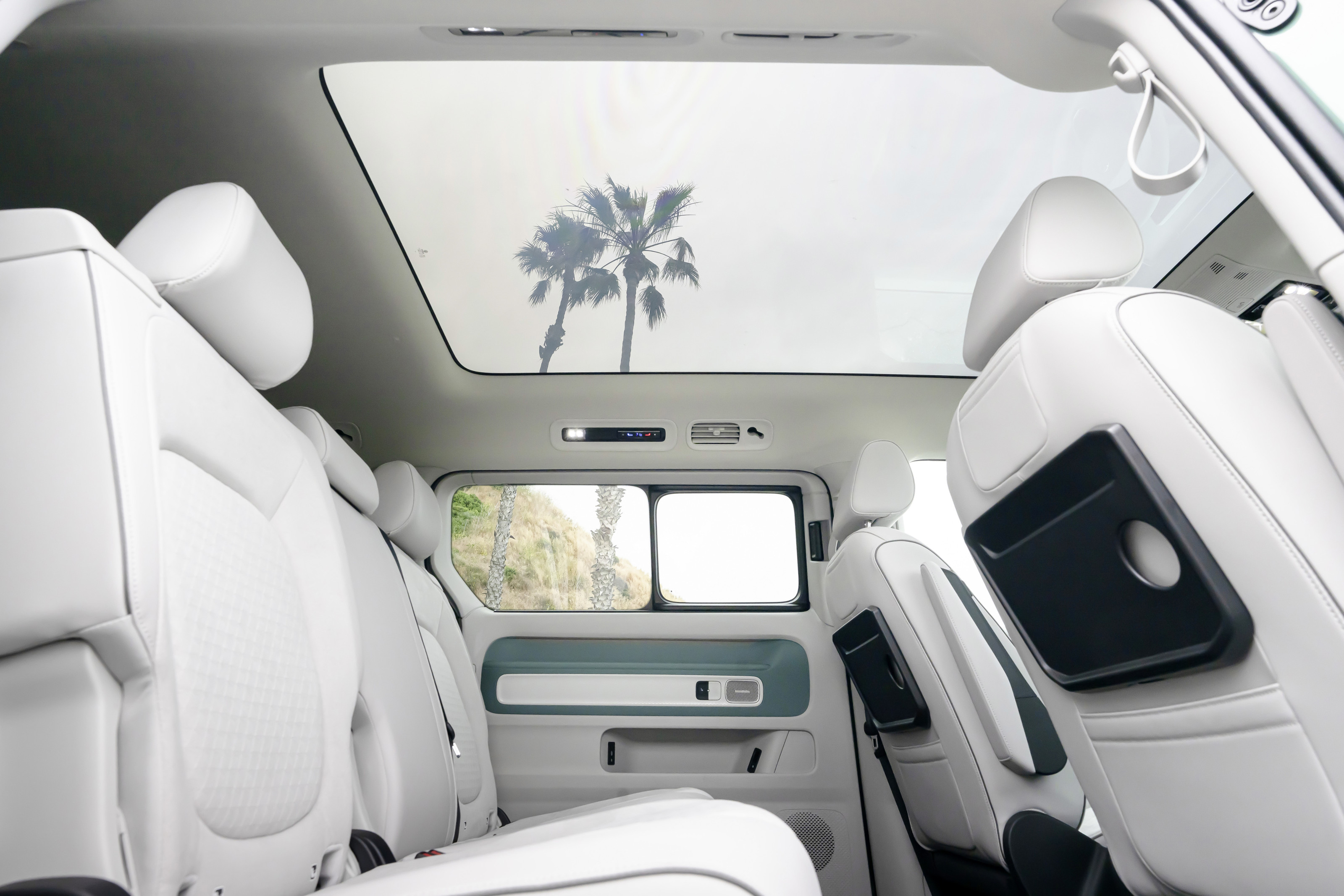
The glass roof creates a light and airy cabin
Across a three-hundred-mile road trip, bolstered by a home charge and a visit to Instavolt’s newly installed charging ‘superhub’ in Hampshire, the ID.Buzz never missed a beat. Capacious, quiet and comfortable, I found it to be without fault inside and out. Arguably, the ID.Buzz is still very much a looker, a car that attracts friendly attention thanks to a sympathetic road presence that transcends any and all seven-seater SUV equivalents. The two-tone paint job is one of the car’s signature features (although it’s an optional extra), bolstered by a range of attractive pastel shades.
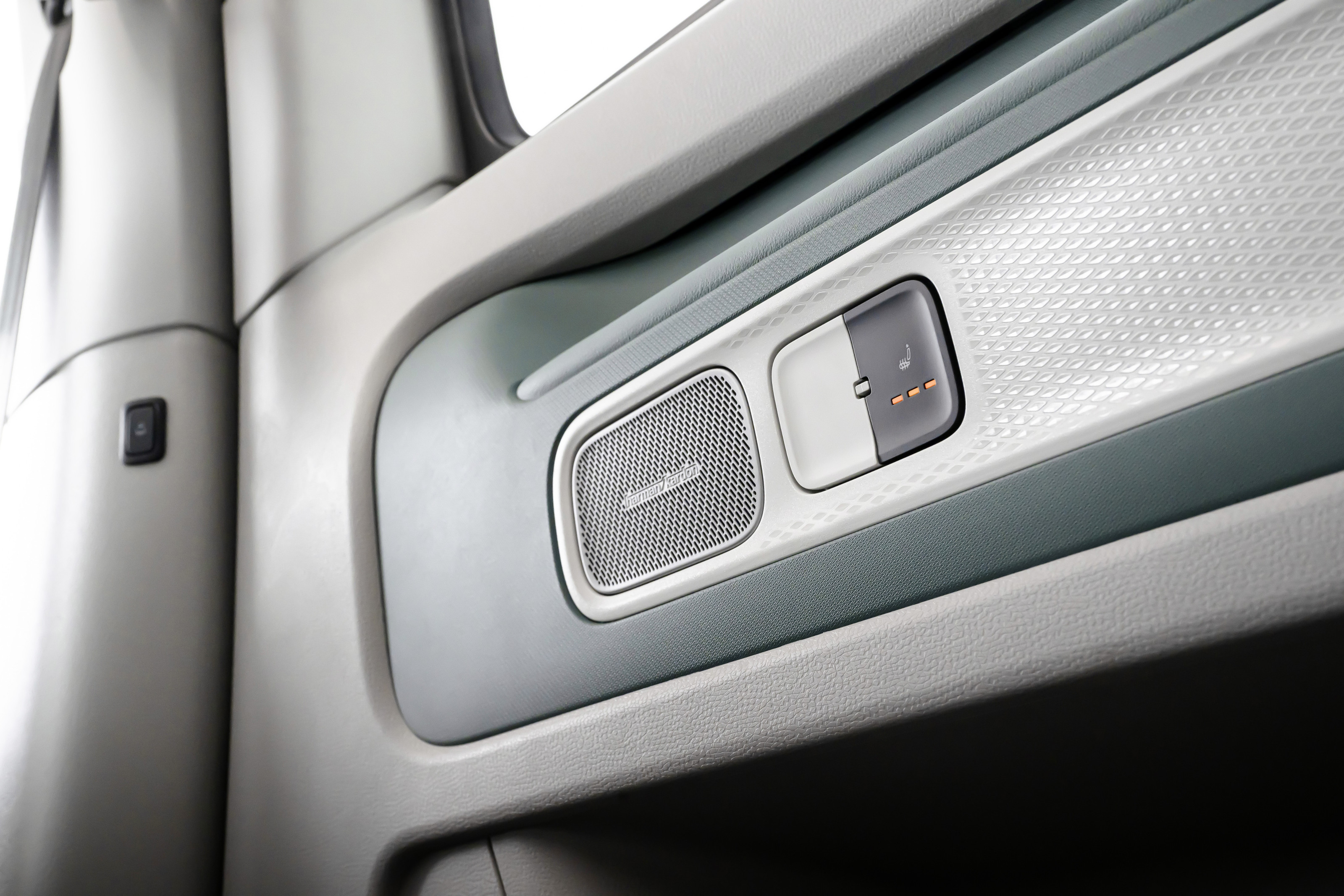
Detail design is excellent throughout the Buzz's cabin
So why hasn’t the Buzz set the world afire? The US, one of the heartlands of the original T2, has simply not taken to the Buzz in the way VW hoped. Perhaps it’s the lack of an official camper option. Most likely, it’s the car’s main Achilles heel – range. Although it’s all of 5m long, the battery pack doesn’t stack up to equivalent-sized EVs. As a result, the Buzz’s official range of 291 miles – around 240 miles in real-world driving – is off the pace in the fast-moving EV market.
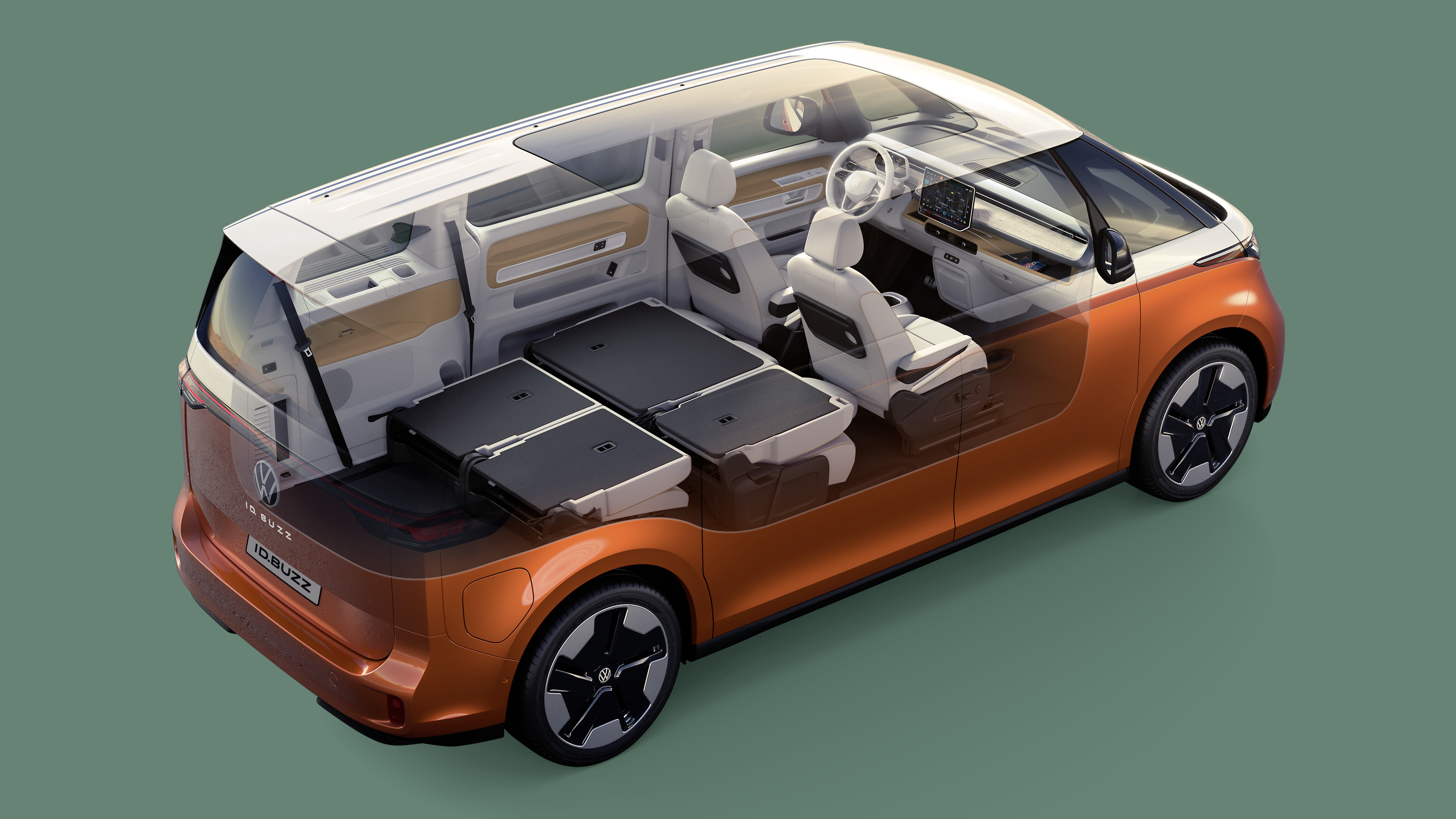
The ID.Buzz makes a fine substitute for an SUV
Earlier this year, VW celebrated 75 years of the VW Bus, following the launch of the Volkswagen Transporter in March 1950 (the T2 followed in 1967). In conventional ICE format, Volkswagen now calls the model the Multivan, a platform that underpins everything from passenger cars to the California campervans and conventional commercial vehicles. While the Buzz doesn’t have an official camper variant – yet – it’s also available as a work van for those who want a chic means of hauling cargo. As an MPV, it’s near the top of the tree; a touch more range would turn the Buzz into a world-beater.
VW ID.Buzz, from £59,135 (as tested £64,345.00), Volkswagen-Vans.co.uk
Jonathan Bell has written for Wallpaper* magazine since 1999, covering everything from architecture and transport design to books, tech and graphic design. He is now the magazine’s Transport and Technology Editor. Jonathan has written and edited 15 books, including Concept Car Design, 21st Century House, and The New Modern House. He is also the host of Wallpaper’s first podcast.
-
 Making mirrors with A Vibe Called Tech, the collective democratising design
Making mirrors with A Vibe Called Tech, the collective democratising designLast week, Wallpaper* Paris Editor Amy Serafin spent a day with a group of creatives led by Julie Richoz, making mirrors: here's what went down (and how to make your own)
-
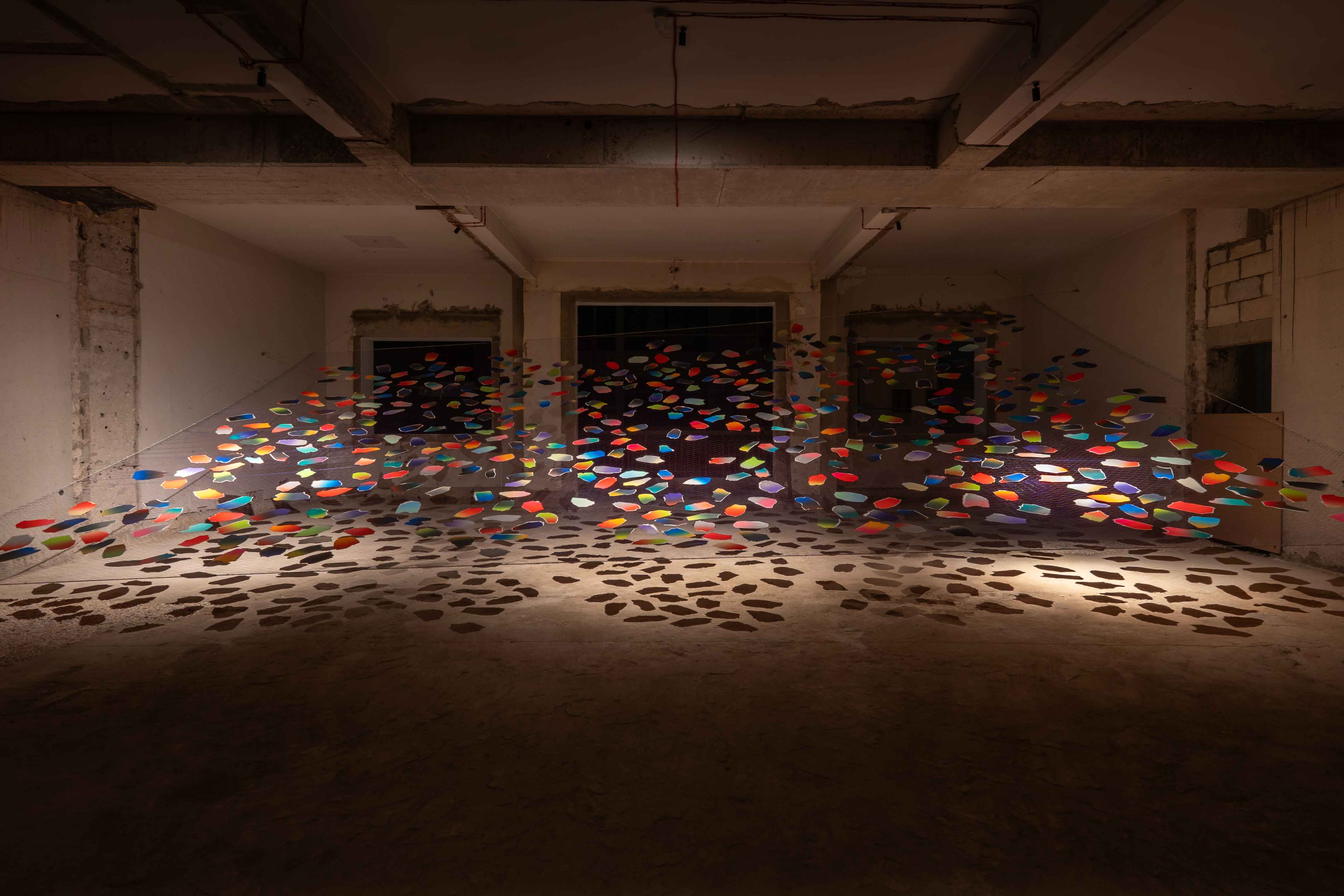 A postcard from We Design Beirut: 'We’re learning how to break barriers and create dialogue'
A postcard from We Design Beirut: 'We’re learning how to break barriers and create dialogue'The second edition of We Design Beirut celebrated design, architecture, heritage and creativity
-
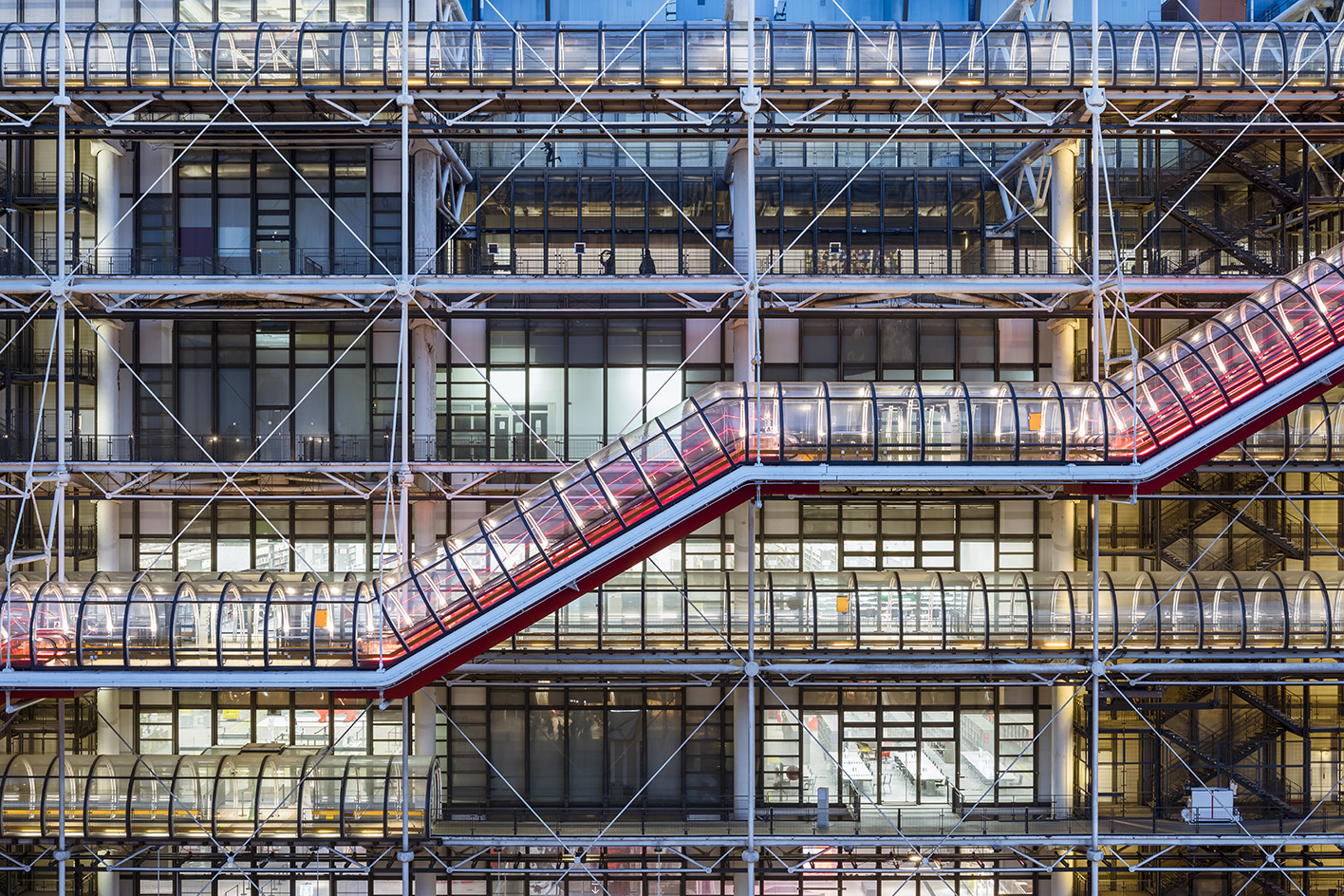 Inside the Centre Pompidou's last hoorah
Inside the Centre Pompidou's last hoorahAfter shutting its doors for five years of renovations, French record label Because Music saw the empty site as the perfect space for its 20th anniversary celebrations